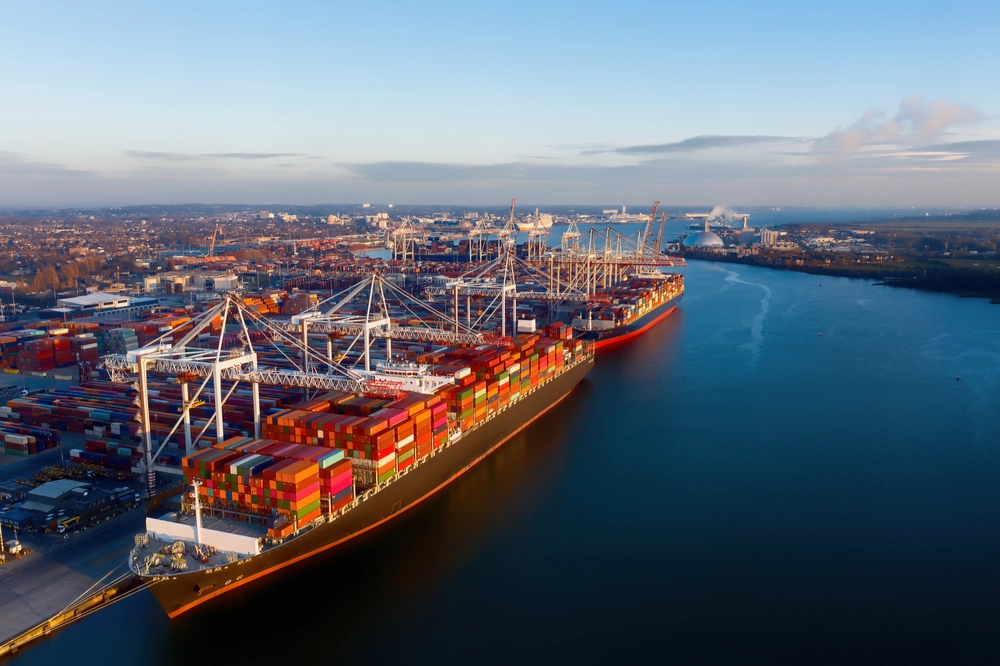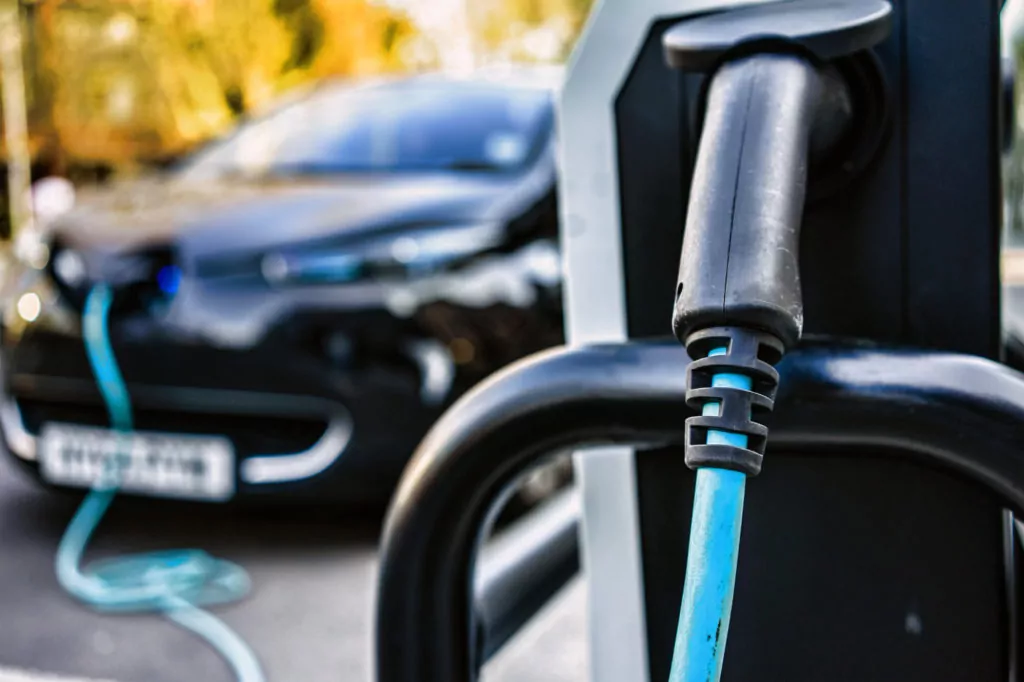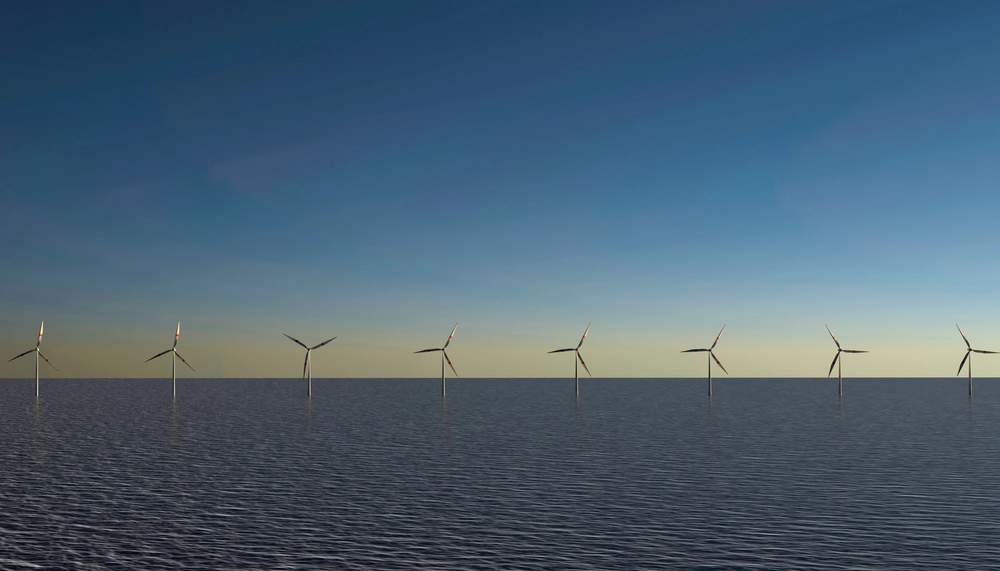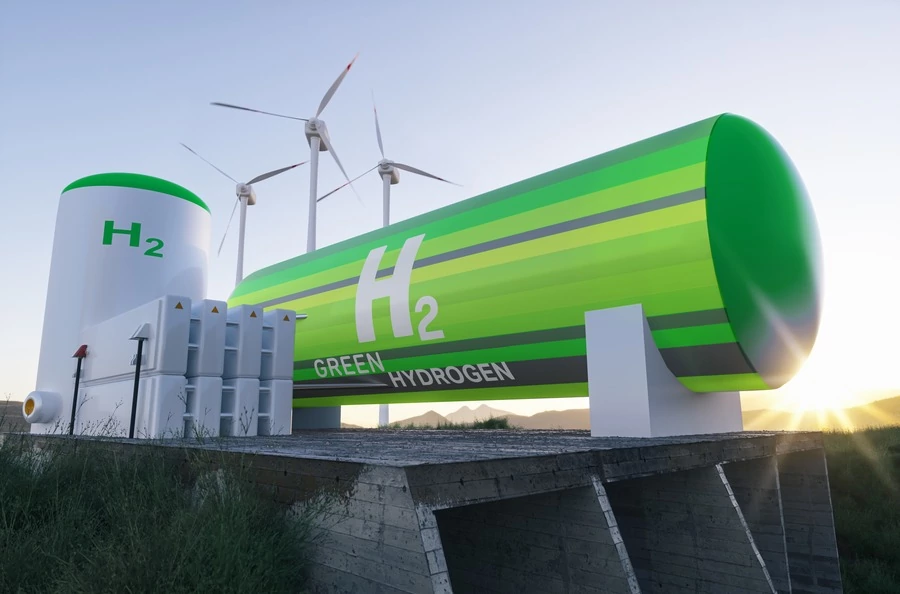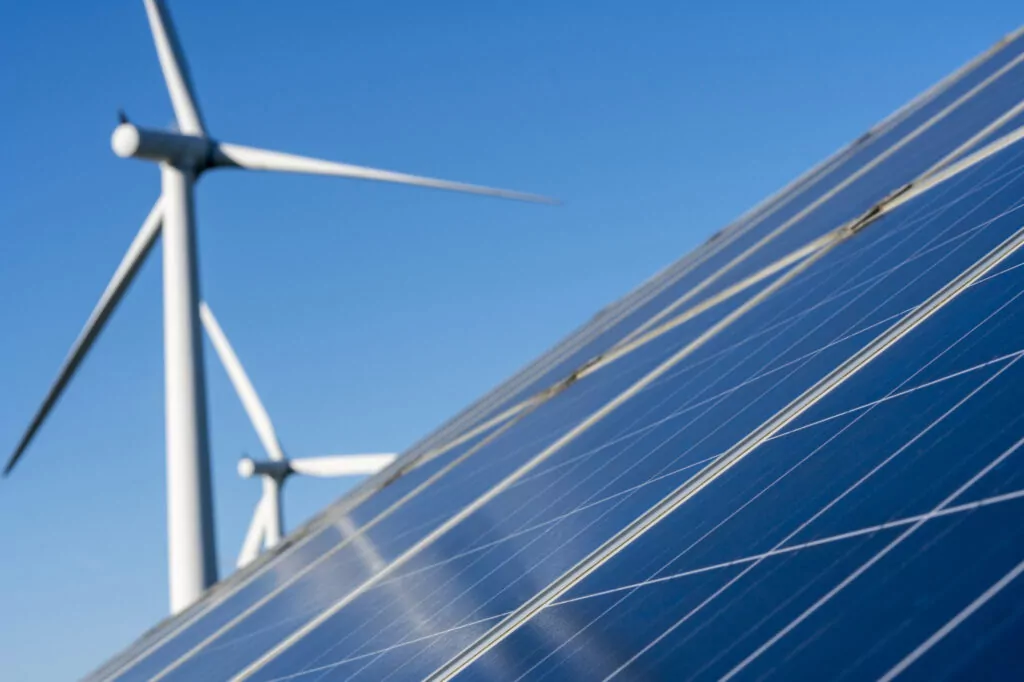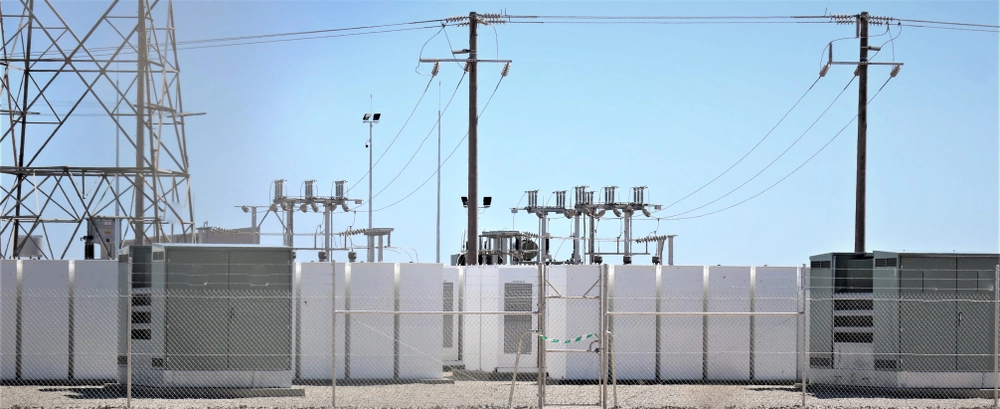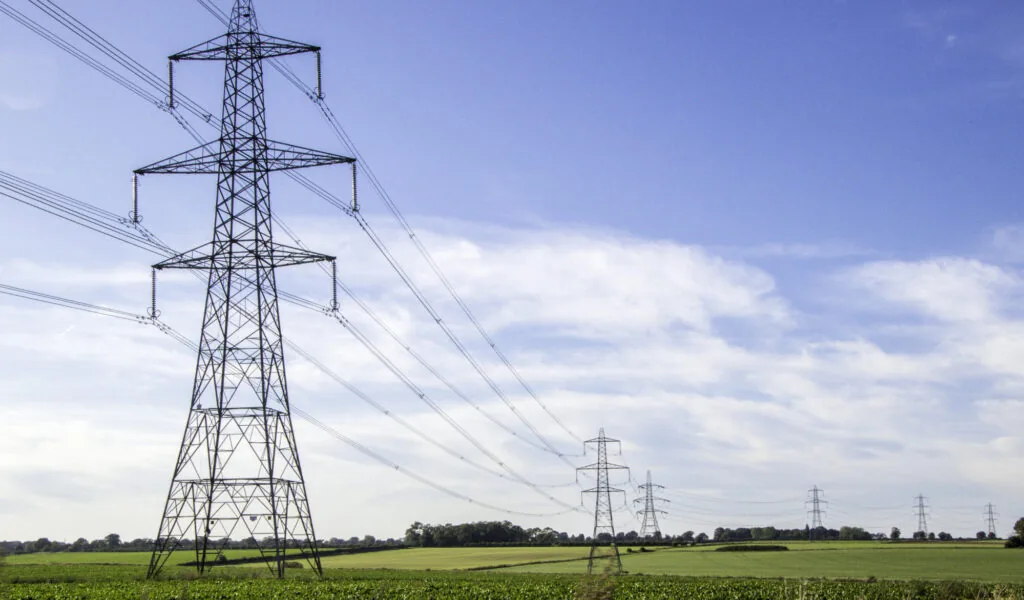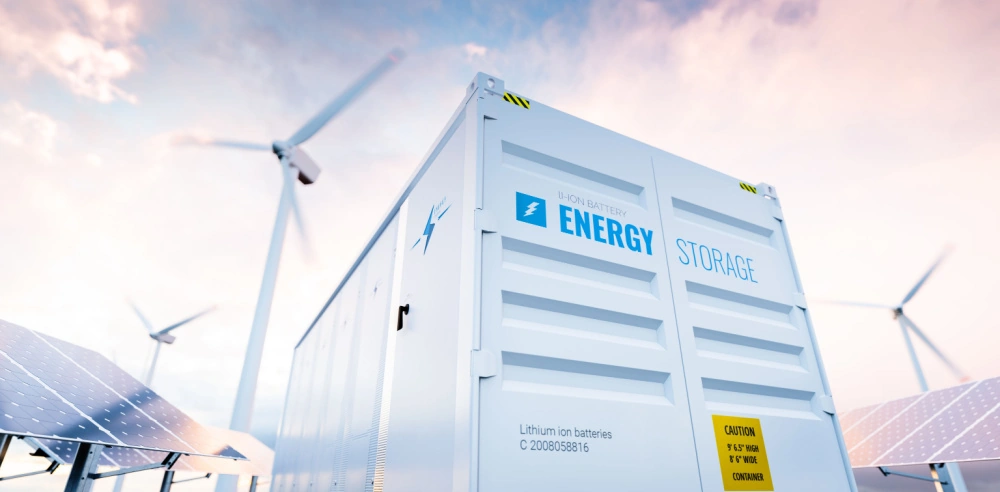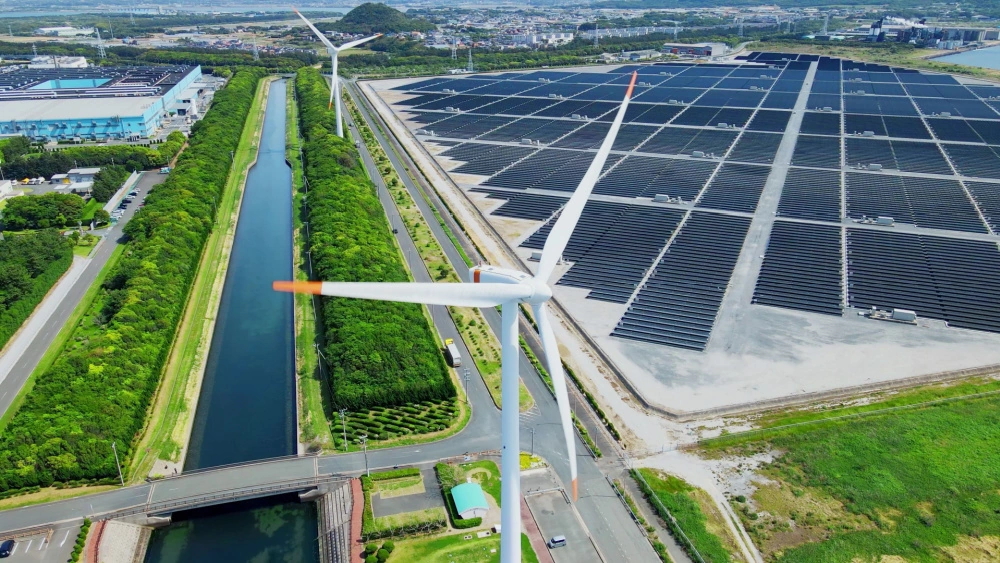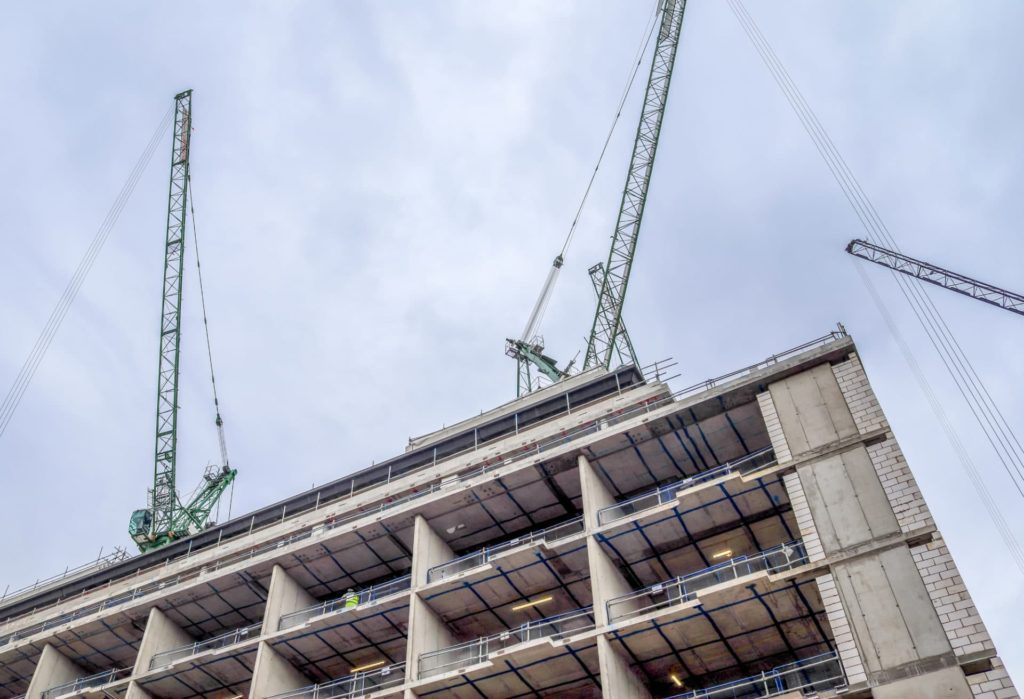
The First electrolytic green hydrogen allocation round is now open

By Aliki Zeri
11 Aug 2022 | 4 minute read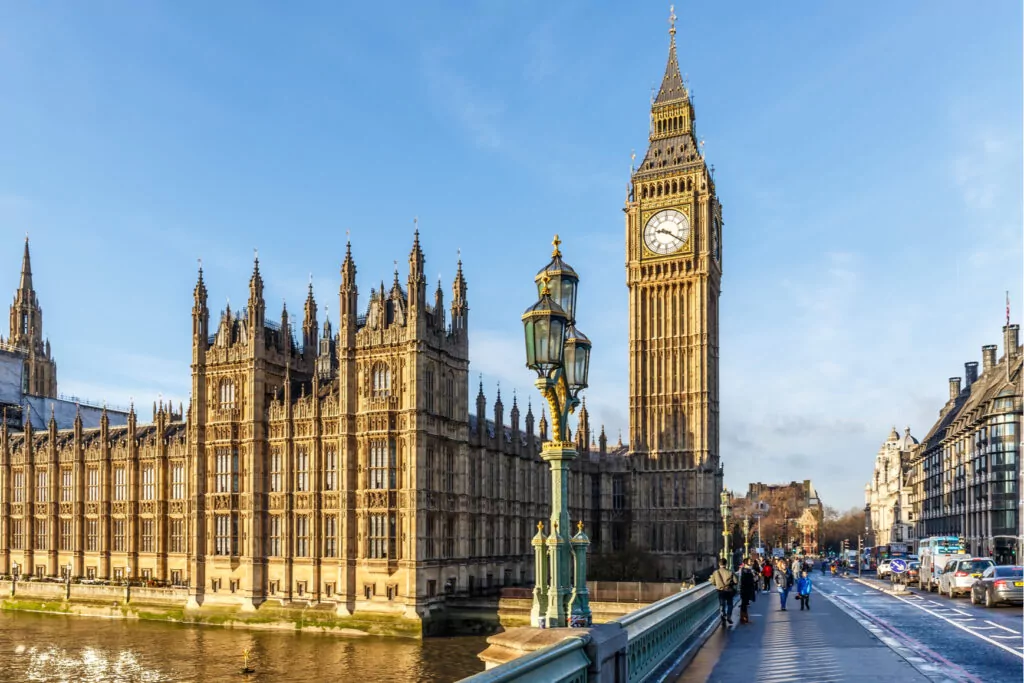
On 20 July 2022 the Government issued a call for submissions to the first joint Hydrogen Business Model and Net Zero Hydrogen Fund allocation round, the so called "2022 HBM/NZHF Electrolytic Allocation Round". The Government hopes to support at least 250MW via this first round but retains the ability to allocate less if there isn't sufficient interest or the projects put forward do not represent value for money.
On the same day, the Government issued guidance for parties interested to apply for support under this first allocation round. In so far as the available support under HBM is concerned, the guidance reflects the Government's response to the Low Carbon Hydrogen Business Model consultation, which was published earlier this year.
In this article we are focussing solely on the HBM support and the process that interested parties have to follow to gain access to said support.
- The Government is keen to ensure that the application process is as simple and streamlined as possible and has accordingly defined three key stages:
- Expression of Interest ("EoI") stage, which runs from 20 July 2022 to 7 September 2022 (note that the Government reserves the right to consider projects, whose EoIs have been submitted after the deadline).
- Submission Window Engagement stage, including an engagement session with those parties that have submitted an EoI on 13 September 2022.
- Final submission stage, running until 12 October 2022.
- The process of awarding a contract consists of the following four steps: (i) eligibility assessment, (ii) evaluation, (iii) shortlisting and (iv) agreeing an offer.
- Eligibility assessment: Projects need to meet certain eligibility criteria, including, the project should:
- Be located in the UK.
- Have a commercial operation date by the end of 2025 (subject to contracts being awarded by July 2023).
- Should be a new-built[1] electrolytic hydrogen production facility with a minimum hydrogen production capacity of 5MW[2].
- Have identified an electrolyser supplier and at least one qualifying offtaker.
- Meets the Low Carbon Hydrogen Standard ("LCHS").
- Has demonstrated access to finance.
It is important to note that these eligibility criteria apply to the 2022 HBM/NZHF Electrolytic Allocation Round only and it is possible that these will be reviewed in future allocation rounds.
"Qualifying offtaker": this will be an offtaker, who qualifies for support under the HBM and could include both the end user and intermediaries who purchase and sell green hydrogen to end users (e.g. through a brokerage arrangement). The Guidance provides a list of offtakers that would be ineligible for support and include: (i) offtake for the purposes of gas blending (although note that a policy decision is expected to be made in 2023 on increasing the volume of blending in the gas network) and (ii) risk-taking intermediaries.
- Evaluation: Section 4 of the Guidance sets out the evaluation criteria that the Government will use to progress projects to the "Agreeing an offer" stage. Projects are assessed against six key criteria, grouped under the following categories: (i) commercial/technical viability, (ii) value for money and (iii) alignment with strategic objectives. Great emphasis is placed on the quality of the information provided by eligible Projects, in particular, around future projections. Based on the Government's indicative timeline, this stage is expected to be completed in early 2023.
- Shortlisting: In shortlisting projects, the Government can, in its absolute discretion, implement a portfolio approach, whereby a mix of projects is funded that achieve the objectives of the allocation round. Additionally, the Government will complete integration checks, which are intended to ensure that, where several projects are relying on the same energy source or the same offtaker, such energy source or offtaker is able to support the multitude of projects. The shortlisting process is expected to be completed in early 2023. The guidance makes it clear that there is no guarantee that shortlisted projects will be awarded funding.
- Agreeing an offer: At this stage the Government will complete its due diligence and value for money assessment. It will then seek to agree the HBM Strike Price and agree a best and final offer ("BAFO"). At the time of issuance of the guidance, this stage was still being developed and the Government reserves the right to change the process described in the guidance. It is expected that shortlisted projects will be subdivided into categories ("pathways"), with projects that are 'riskier' becoming subject to more enhanced due diligence checks and therefore some projects may be awarded funding before others. This stage is concluded with the invitation for the submission of BAFOs by successful projects.
- The Low Carbon Hydrogen Agreement ("LCHA"): Once the BAFO is agreed, successful Projects will receive a conditional offer letter from BEIS. Following satisfaction of all relevant conditions, the LCHA will be issued. Contracts are expected to be awarded from July 2023, with projects required to make a final investment decision three months after the award of a contract.
Our thoughts and what comes next?
The terms of receiving support under the HBM should not come as a surprise to anyone who has followed the consultation and the Government's response earlier this year. It is clear from the guidance that there are still details that need to be ironed out and the Government is trying to maintain as much discretion and flexibility as possible. The Government is keen to ensure that selected projects represent value for money and can support the Government's ambition to develop 10GW of low carbon hydrogen production capacity by 2030.
The Government has indicated that a similar process is expected to start in 2023, with the intention for contracts to be awarded in 2024.
We would be interested to hear your thoughts and support you with any proposed developments on this space. If you need further information, please get in touch with Aliki Zeri or Chris Pritchett.
[1] New phases of existing projects (through the addition of new electrolyser modules) will be included in this allocation round.
[2] Aggregation of project capacity across different locations will not be permitted


